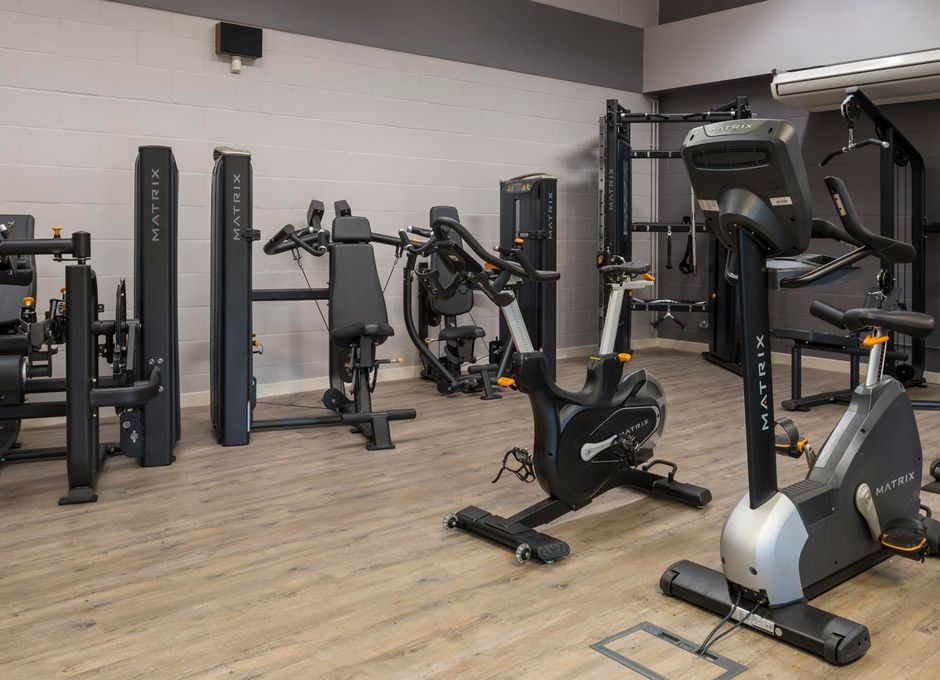
Gym liquidation sales can be an exciting opportunity to purchase high-quality equipment at a fraction of the cost. Whether you’re setting up a home gym or upgrading your fitness facility, these sales offer an affordable way to acquire everything from treadmills to dumbbells. However, not all liquidation sales are equal, and it’s important to be aware of potential red flags that could turn your bargain into a costly mistake.
1. Equipment Condition
One of the most important aspects to consider when purchasing from a gym liquidation sale is the condition of the equipment. In many cases, the items being sold may have seen years of heavy use and may not be in the best shape. Pay close attention to the wear and tear on machines and other gym gear.
2. Lack of Warranty or Return Policy
When purchasing from liquidation sales, it's crucial to consider the warranty or return policy that may come with the items. A reputable gym equipment retailer will typically offer warranties or at least some form of a return policy to give buyers peace of mind. However, at a liquidation sale, the policy might be nonexistent or very limited.
3. Inconsistent Pricing
Another red flag to watch for is inconsistent pricing. While liquidation sales are known for offering great deals, the prices should still be reasonable. If some pieces of equipment are priced much higher than similar models, this could be a sign that the sale isn’t as transparent as it should be.
4. Overcrowded or Disorganized Sale
The overall organization of the sale is another factor that can signal potential issues. If the gym liquidation sale is disorganized, it can indicate that the process isn’t being managed properly. This could also affect the quality of service or after-sale support. A well-run sale will have clear signage, properly labeled items, and an easy-to-navigate layout.
5. Limited Product Information
When purchasing gym equipment, it’s important to know what you’re buying. If the sales staff is unable or unwilling to provide detailed information about the equipment, such as brand history, model specifics, or how much use the items have had, it can be a warning sign. Reliable vendors will offer clear, honest information about each piece of equipment. If they can’t provide this, it might indicate they are trying to move items quickly without being transparent about their condition or history.
6. Too Good to Be True Discounts
While liquidation sales often come with significant discounts, be wary of prices that seem too good to be true. A gym liquidation sale should offer reasonable savings, but if the deals are excessively cheap, it could be an indication that the equipment is in poor condition, outdated, or in need of repairs.
Conclusion
Attending a gym liquidation sale can be a rewarding experience, but it’s essential to be mindful of potential red flags. By paying attention to the condition of the equipment, ensuring clear pricing, looking for a solid return policy, and assessing the overall organization of the sale, you can help ensure you make a wise and positive purchase.
Comments on “Red Flags to Watch for When Purchasing from a Gym Liquidation Sale”